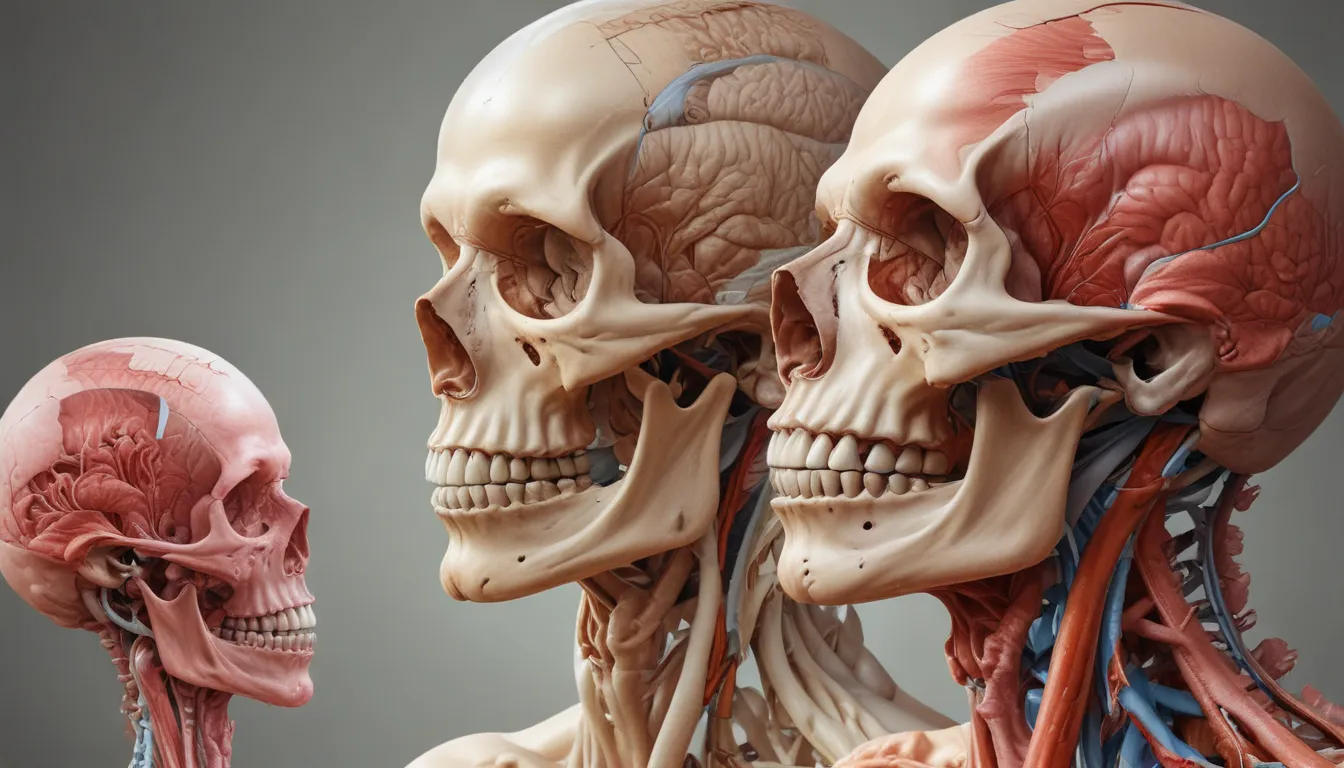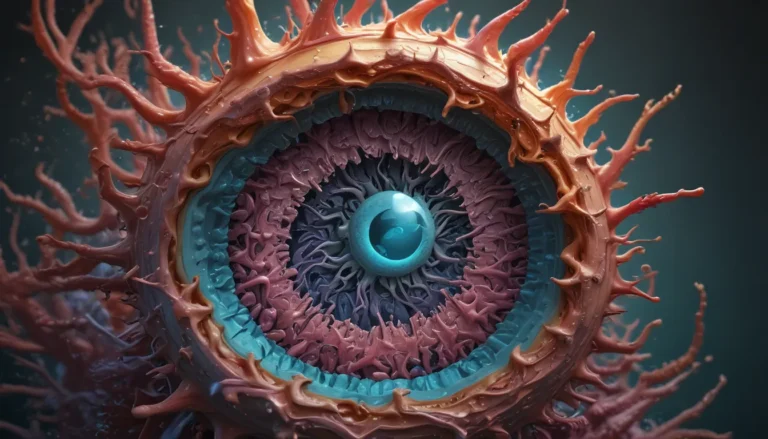A Note About Images: The images used in our articles are for illustration purposes only and may not exactly match the content. They are meant to engage readers, but the text should be relied upon for accurate information.
Welcome to the captivating world of anatomy, where the inner workings of living organisms are unveiled in all their intricate glory. Join us on a journey through the astonishing facts that make up the foundation of biology and the human body. Whether you are a biology enthusiast or simply curious about the marvels of life, these enigmatic facts will leave you astounded and inspired by the complexity and beauty of anatomy.
Unveiling the Marvels of the Human Body
- The human body is a marvel of nature, with over 600 skeletal muscles, a brain that generates electricity, and more bacteria cells than human cells, all working together to keep us healthy and active.
- Our bodies are full of surprises, from taste buds that are replaced every 10 days to a stomach lining that regenerates every 3-4 days. These enigmatic facts highlight the incredible capabilities and resilience of the human body.
The Intricate Network of Skeletal Muscles
Your body is powered by an intricate network of more than 600 skeletal muscles that allow you to move, breathe, and perform various activities. These muscles work in harmony to provide strength, flexibility, and coordination, showcasing the remarkable capabilities of the human body.
The Phenomenal Power of the Human Brain
The human brain is an astonishing organ that generates electrical impulses constantly. In fact, the energy created by the brain is enough to power a small light bulb, highlighting the incredible power and complexity of this vital organ that governs our thoughts, emotions, and actions.
The Microscopic World of Bacteria Cells
Contrary to popular belief, the majority of cells in your body are not human cells, but rather bacteria cells. These trillions of beneficial bacteria reside in your gut, skin, and various other parts of your body, playing a crucial role in digestion, immune function, and overall health, emphasizing the symbiotic relationship between humans and bacteria.
Exploring the Anatomy of the Human Body
- Your small intestine spans approximately 22 feet, efficiently absorbing nutrients from the food you consume.
- On average, women’s hearts beat faster than men’s hearts, reflecting differences in body size, hormones, and cardiovascular health.
- Taste buds are replaced every 10 days to ensure your sense of taste remains intact and responsive to different flavors.
- The human eye can discern between 2.3 and 7.5 million colors, showcasing the remarkable sensory capabilities of the visual system.
- With 206 bones in the adult human body, these structures provide support, protection, and mobility, enabling various physical activities.
- The liver, the largest internal organ, performs essential functions such as detoxification, bile production, and nutrient storage.
- The skin, the largest organ, acts as a protective barrier, regulates body temperature, and plays a vital role in sensation and touch.
- Human teeth, as strong as shark teeth, can withstand the forces of chewing and biting, thanks to the durability of tooth enamel.
Delving Deeper into the Marvels of Anatomy
The Extraordinary Sense of Smell
The olfactory system, responsible for your sense of smell, is incredibly powerful. It is estimated that the average human nose can detect and remember up to 50,000 distinct scents, allowing you to savor aromas, identify familiar smells, and navigate the world around you through the intricate world of smells.
The Regenerative Power of the Human Body
Your body possesses remarkable regenerative abilities, from the regeneration of taste buds and stomach lining to shedding and regrowing the outer skin layer every 27 days. These natural processes ensure the continuous renewal and maintenance of vital structures within your body, highlighting the resilience and adaptability of human anatomy.
The Strength and Resilience of Bones
Despite their hollow appearance, bones are incredibly strong and resilient, even stronger than steel ounce for ounce. This remarkable strength allows your skeleton to support your body’s weight, withstand physical stressors, and maintain structural integrity, showcasing the remarkable design of the skeletal system.
The Thermal Energy Production of the Human Body
The metabolism and activities of your body generate a significant amount of heat. In just 30 minutes, the heat produced by your body is enough to bring half a gallon of water to a boiling point, emphasizing the remarkable energy production and thermoregulation mechanisms within your body, essential for maintaining homeostasis and overall health.
Conclusion: Celebrating the Wonders of Anatomy
Anatomy is a captivating field of study that unveils the intricate details of the human body and other living organisms. The 18 enigmatic facts presented in this article offer a glimpse into the vast world of biology, highlighting the incredible complexity, resilience, and beauty of anatomy. Whether you are a medical professional, a biology enthusiast, or simply curious about the human body, exploring the wonders of anatomy is an awe-inspiring journey that fosters appreciation for the intricacies of life.
FAQs: Navigating the World of Anatomy
- What is the study of anatomy?
-
Anatomy is the branch of biology that focuses on the structure and organization of living organisms, particularly the human body. It involves observing, dissecting, and analyzing the various parts of the body to understand their functions and relationships.
-
Why is knowing anatomy important?
-
Knowing anatomy is essential in the fields of medicine and healthcare as it provides the foundation for understanding diseases, diagnosing ailments, performing surgeries, and developing treatments. It also helps us appreciate the complexity and beauty of the human body.
-
How does anatomy contribute to medical advancements?
-
An in-depth understanding of anatomy allows medical professionals to identify abnormal structures, locate tumors or lesions, and plan surgical procedures. This knowledge also plays a crucial role in developing new medical techniques, treatments, and technologies.
-
Can anyone study anatomy?
- Absolutely! While anatomy is often associated with medical professionals, anyone with an interest in science and the human body can study and learn about anatomy. There are numerous resources such as textbooks, online courses, and even virtual dissection tools available to support learning.
Unraveling the Enigmatic World of Anatomy
Embark on a journey through the wonders of biology and anatomy, where the intricate details of life are unveiled in all their splendor. Explore the complexities of the human body, the regenerative abilities of living organisms, and the remarkable resilience of biological structures. Dive into the fascinating world of anatomy and uncover the beauty and complexity that make up the foundation of life.






